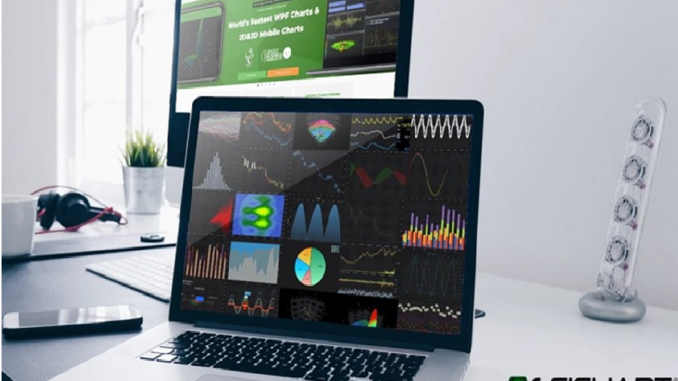
There are times when on the landing page, and on the website in general, it is necessary to present a certain type of information. You just need to enter your details and enjoy beautiful and animated graphics. Such things always attract attention.
JavaScript line charts are adaptive and this is important, since the number of users who visit the site from mobile devices is increasing every hour.
With CSS3 animations, they “come to life” and grab attention. Now imagine the reaction of tourists once they see this on a daily landing page. After all, you won’t surprise anyone with scrolling animation, but such elements will always improve the quality of the site.
Why do you need a JavaScript chart?
We have only two main ways to model abstract objects: Text description and Graphic image.
Each of them has its own pros and cons, let’s look at the nuances.
Firstly, an image allows you to create and maintain a single visual form while thinking, the process of analysis, and design. When drawing a chart, we freely use space, creating arbitrary connections between any objects. This is much more difficult with linear text.
At the same time, pictures allow you to better concentrate. With the help of the chart, we can keep in focus all aspects of the model that interest us.
Secondly, such charts are an effective means of communicating information in a discussion. They are compact and require relatively little space (as opposed to linear text and tables).
Thirdly, charts are a good way to document things. It allows you to quickly understand complex systems and also serves as reference maps to help you navigate them.
Fourthly, charts can be used directly for programming.
Charts in modern JavaScript programming language
In the early 2000s, bitmaps predominated in the area of charts with plugins such as Flash and Silverlight offered more interactive charts, but they had a very negative impact on loading speed, battery life, and system resource consumption.
With the spread of mobile devices, the mainstream platforms stopped supporting these plugins, and developers had to switch to open front-end technologies that could run anywhere. At the same time, the advent of very high-resolution screens and the spread of gesture-based zooming in on content have brought resolution-independent vector diagrams to the fore.
Data visualization is currently dominated by JavaScript and SVG (Scalable Vector Graphics). Modern charts add all browsers, don’t need special plugins, support interactivity, and animation, and additionally look terribly clear even on devices with the best screen resolution.
Currently, it is not enough just to make a landing page or a website. Now is the time when it is necessary to work out every element, every block on the site, and make it as unique as possible by creating JavaScript charts, without forgetting about the main design of the site.

Leave a Reply